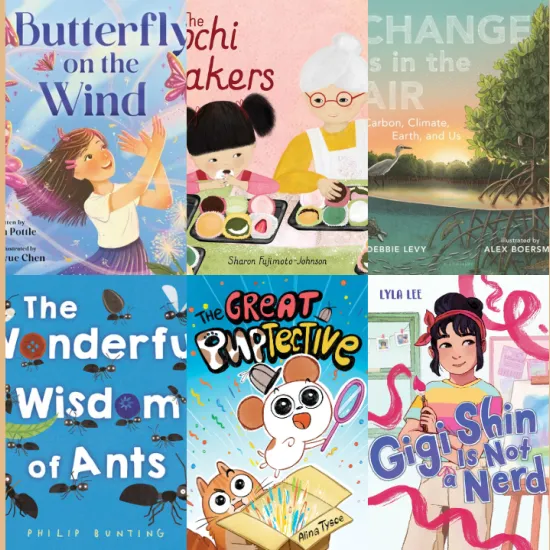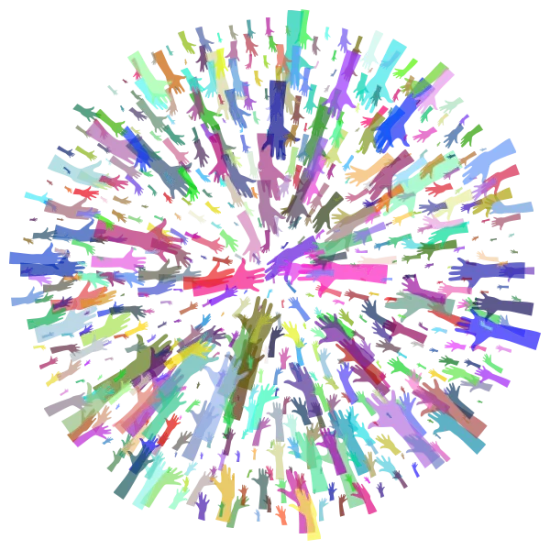- Caitlin B.
- Monday, December 07, 2020
Second Grade Standards: Number Sense
In this standard, children now count by tens and hundreds to 1,000. They can understand place value up to 999 (identifying hundreds, tens, and ones). This means that children can differentiate and identify each set of numbers based on their place value and they understand that a zero’s place in a number can change the number by a factor of 10. They recognize 100 a bundle of tens. Children can add and subtract through 99 and can add up to four two-digit numbers.
A Million Dots, by Andrew Clements, takes a look at large numbers through fun pictures and fascinating facts involving large numbers. Plus, over the course of the book, children will actually see one million dots, grouped in a variety of ways. This book is a great introduction to the world of ‘big numbers’ and is fun for everyone!
How will I know if second grader has met this standard?
- Count by tens and hundreds to 1,000
- Understand place value up to 999 (hundreds, tens, ones)
- Recognize 100 as a bundle of tens
- Add and subtract through 99
- Add up to four two-digit numbers
Activities and Multimedia
Coin counting is a great way to practice place value and is most likely a skill your second grader is still perfecting. Playing “store” at home is an easy way to practice counting two-digit numbers and familiarizing your child with place value in real life situations.
Using Uno cards, you can play “Place Value War.” For this game, you can use Uno (or classic card deck with the face cards removed). Each player has a number of piles based on the place value you’re working on and lays down the top card from each stack, then says the full number out loud and the player with the higher number wins.
We are Teachers has twenty-two fun actvities that you can do at home with your child to help them with place value!
BrainPop also has a list of activities for families (and classrooms) that include taking a walk around the neighborhood and pointing out one-, two-, and three-digit numbers along the way.
Third Grade Standards: Number Sense
Now that children are in third grade, they are learning to read and write numbers up to 100,000. They also learn to multiply one-digit numbers by multiples of 10 and can compare whole numbers using symbols less than, greater than, and equal to. Additionally, children develop an understanding of what a fraction is and compare the size of two fractions.
The Lion’s Share, by Matthew McElligott, breaks down the concepts of halving and doubling in a silly story of Ant sharing a meal with Lion. When the other guests take half of each piece of remaining cake, there is only a crumb left to share with Lion! In order to make it up to Lion, Mouse resolves to make a new cake, only to have the other animals offer to make twice as many cakes as the animal before them!
How will I know my third grader has met this standard?
- Read and write numbers up to 100,000. Start with any number
- Multiply one-digit numbers by multiples of 10
- Compare whole numbers using the symbols > (greater than), < (less than), or = (equal to).
- Develop an understanding of what a fraction is
- Compare the size of two fractions
- Understand that whole numbers can be written as fractions (4 = 4/1 and 1 = 4/4)
Activities and Multimedia
Legos are a great resource when learning about fractions. The Teacher Next Door website has many different games that you and your child can play together to explore the concept of fractions.
Khan Academy has a video that explains fractions with visuals.
There are tons of fun videos on YouTube. This one is simple and not too flashy.
Looking for more resources to teach the SC Education Standards? Visit the SC Education Standards page.
Books to Read:
The titles below will help you and your child learn about second and third grade math. Want us to pull books for you? Contact us at 803-799-9084 and request to have books sent to your nearest Richland Library location.



One Grain of Rice

The Rabbit Problem

Infinity and Me

The Lion's Share

How Many Seeds in a Pumpkin?

Amanda Bean's Amazing Dream

Big Numbers

Lifetime

Twinderella



